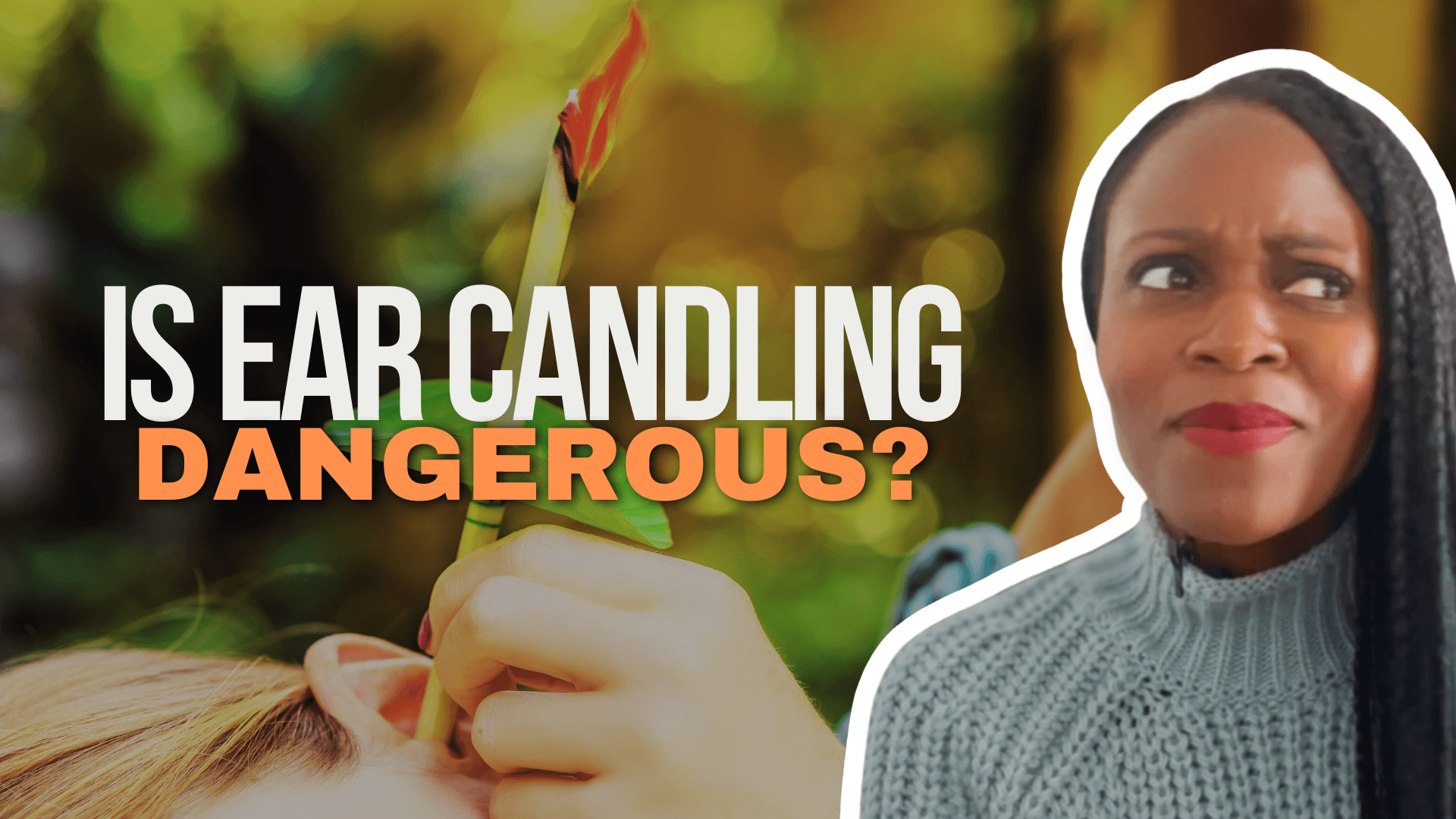- Clean Beauty, Wellness
Are Your Moles Healthy? Here’s How to Find Out

Moles may be common, mostly harmless skin growths, but it’s vital to monitor them from time to time. Though changes in appearance or the development of new ones seldom indicate signs of melanoma, the most severe skin cancer, it’s still important to know what to look out for so you can get treated.
So, if you notice any irregularities with your moles, have a dermatologist examine them for peace of mind. To get you started, use this guide to help you determine why and when you should have your moles checked.
How to Identify Healthy Moles
Most of us develop moles during childhood or adolescence. They can appear practically anywhere on our body and grow as we get older.
But how can you tell if your moles are benign or a cause for concern?
Generally, healthy moles are round or ovular, textured or flat, and less than 1/4 inch (about 6 millimeters) small. They can come in various colors, including brown, black, red, pink, blue, or flesh-colored.
And while it may seem unappealing, it’s perfectly normal for healthy moles to have hair growing out of them. It’s also normal for moles to darken, lighten, or disappear entirely.
How to Identify Unhealthy Moles
Now that you’re aware of the general appearance of healthy moles, you should have an easier time identifying an unhealthy one. Here’s what to look out for:
New moles
While not all new moles are life-threatening, any mole that develops after age 20 can be deemed suspicious and warrants a visit to the dermatologist for further analysis.
New moles can indicate signs of melanoma, especially if they’re in places such as your head, face, chest, and arms since these areas receive a lot of sun exposure. Therefore, have a dermatologist evaluate them to ensure they’re not cancerous.
Changing moles
We’ve already stated it’s normal for moles to change in color or grow hair out of them. But if you notice any existing moles start to itch, bleed, or cause pain, go see a dermatologist. These types of changes may be signs of melanoma, which is highly treatable if detected early.
Atypical moles
Atypical moles tend to be hereditary and increase your risk of skin cancer. But if you use the mnemonic device ABCDEs, you can check these moles and determine the warning signs of melanoma early.
In the ABCDEs of moles, each letter represents the first letter of what to look for while checking your moles.
- A stands for Asymmetrical shape, which is generally the shape of malignant moles.
- B is for Border, meaning unhealthy moles typically have irregular edges, indistinguishable borders, and a V-shaped indentation.
- C is for Color, which refers to the various colors of melanoma instead of the one uniform color of healthy moles.
- D stands for Diameter, indicating that if the size of your mole increases above its normal ¼ of an inch size, melanoma may be present.
- E means Evolution or Evolving, which should remind you to look for changes in shape, size, color, and developing symptoms like itching or bleeding.
Now that you know your ABCDEs, you can monitor your moles and seek medical attention if necessary.
Other mole-related problems
Melanoma may be the biggest reason to have your moles checked, but there are other mole issues that are less dangerous but still require further examination.
Here are some examples of when your mole might become a problem:
- It snags on your clothing or jewelry.
- It’s easily irritated and feels uncomfortable.
- It makes you feel unattractive.
When a mole is getting in the way of you feeling comfortable in your skin, have a dermatologist examine it to decide if it needs to be removed.
Benefits of routine checks
You can use your ABCDEs and the American Academy of Dermatology Association’s Body Mole Map to help you get to know your moles better by performing routine mole checks at home.
These checks can make all the difference in helping you identify direct threats to your health quickly and efficiently. When in doubt, though, make sure to get examined by a pro – the earlier the better!
Liked this article? Check out more helpful content right here!



